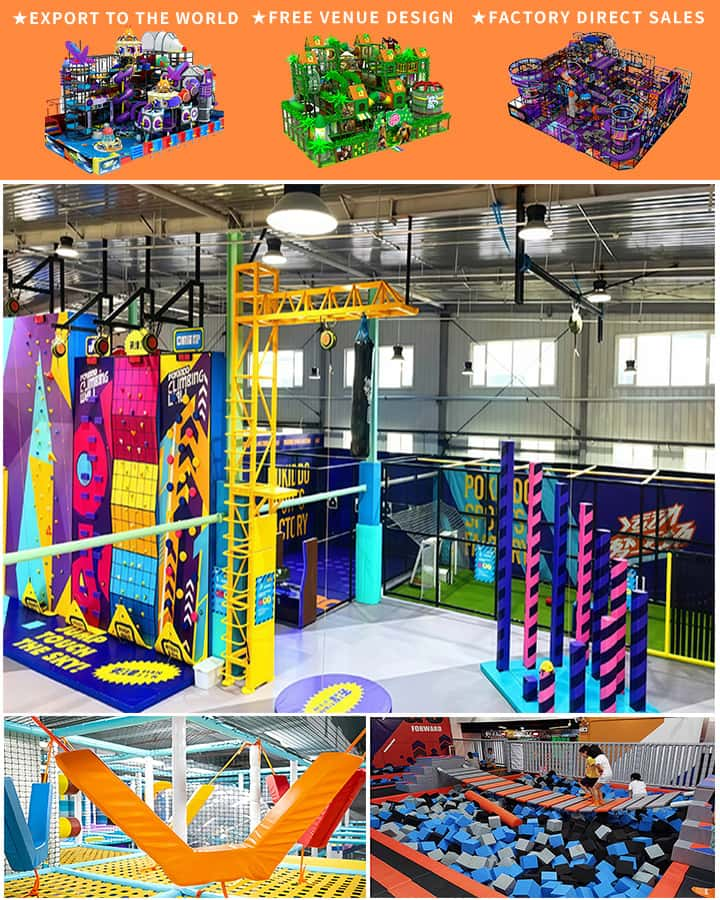Playgrounds are vibrant spaces where children’s imaginations run wild and their physical skills are honed. Central to any playground are the pieces of equipment that facilitate play, learning, and social interaction. But have you ever wondered what these pieces of equipment are called? Understanding the terminology can enhance appreciation for playground design and ensure proper usage and maintenance. Let’s dive into the world of playground equipment and uncover some common names.
Swings
One of the most iconic pieces of playground equipment is the swing set. These typically include:
- Traditional Swings: Seats hang from pivot points and move back and forth.
- Baby Swings: Similar to traditional swings but designed for infants, often with safety harnesses.
- Trapeze Rings: Swings with handles instead of seats, allowing for more dynamic play.
Slides
Slides are a staple in almost every playground. Their variety includes:
- Straight Slides: Simple, direct descents perfect for beginners.
- Curved Slides: More adventurous, these slides curve gently, adding an element of excitement.
- Spiral Slides: Twisting designs that provide a thrilling ride down multiple levels.
Climbing Structures
 Climbing equipment helps develop motor skills and coordination. Common types include:
Climbing equipment helps develop motor skills and coordination. Common types include:
- Jungle Gyms: Multi-tiered structures with ladders, ropes, and platforms.
- Climbing Walls: Vertical surfaces with grips for climbing practice.
- Rock Climbers: Designed to mimic natural rock formations, offering varied handholds and footholds.
Seesaws and Teeter-totters
These pieces of equipment are great for developing balance and cooperation:
- Seesaws: Typically a board balanced in the middle, allowing two children to sit at either end and go up and down.
- Teeter-Totters: Modern versions may have safety features like rounded edges and rubber seating.
Merry-Go-Rounds
These spinning rides bring joy through gentle motion and social interaction:
- Carousel Rides: Often found in larger parks, featuring animal or themed figures to sit on.
- Spring Roundabouts: Smaller, manually operated versions that spin when pushed.
Balancing Equipment
Balance beams and similar apparatus help improve stability and concentration:
- Balance Beams: Elevated wooden or plastic beams walked upon to maintain balance.
- Balance Boulders: Large, textured stones used as stepping stones across a shallow water feature or sand pit.
Interactive Play Structures
Modern playgrounds often integrate technology for interactive fun:
- Musical Playground Instruments: Drums, xylophones, and chimes that create sounds when played.
- Sensory Paths: Ground installations that offer tactile experiences, such as textured mats or embedded elements.
Safety Surfacing
While not equipment per se, the materials beneath playground structures are vital for safety:
- Rubber Mats: Provide cushioning against falls and impacts.
- Wood Mulch: Natural material that absorbs shock and offers a soft landing surface.
- Synthetic Turf: Durable and low-maintenance option that mimics the look of real grass.
In conclusion, playground equipment comes in various forms, each designed to encourage different aspects of child development—be it physical fitness, social skills, or cognitive growth. By familiarizing ourselves with these terms, we gain a deeper understanding of the thoughtful designs that make playgrounds enjoyable and safe places for all children. So next time you visit a playground, take a moment to appreciate the diverse array of equipment that contributes to these spaces of joy and exploration!




